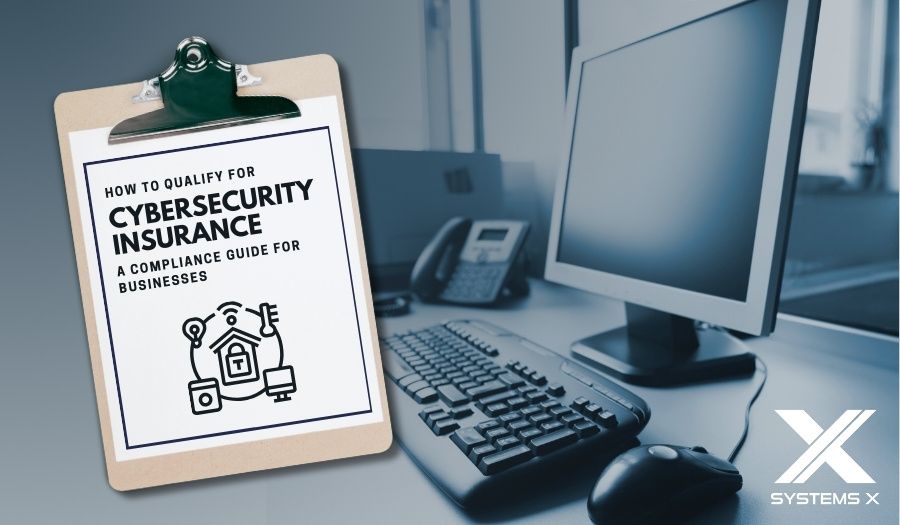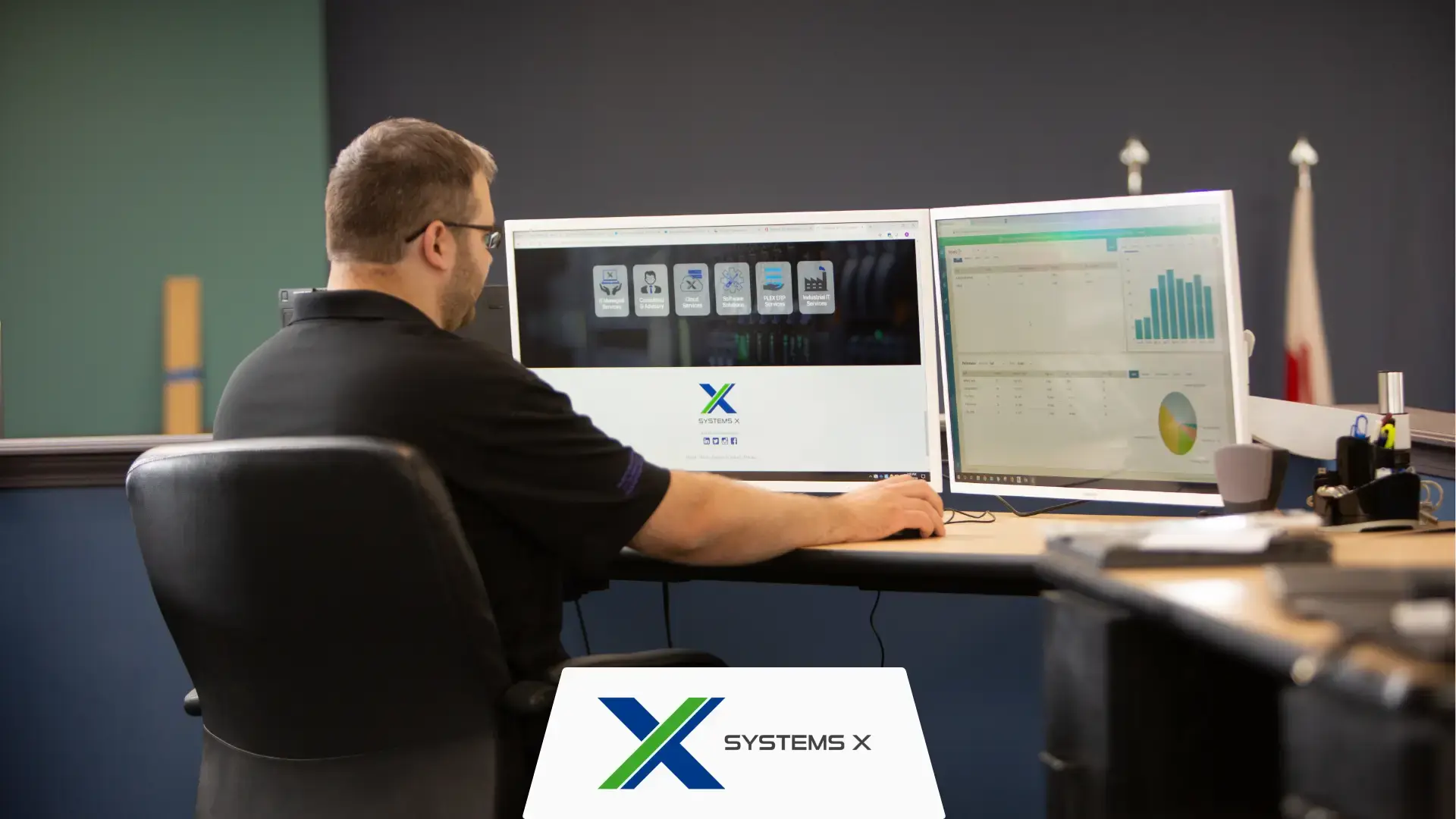Implement
MFA
Ensure all critical applications & systems use MFA to drastically reduce account compromise risks.
2 min read
 Mike Brattain
:
Jun 25, 2025 12:00:00 AM
Mike Brattain
:
Jun 25, 2025 12:00:00 AM

As we approach the halfway mark of 2025, cybersecurity threats aren’t slowing down—in fact, they’re becoming more sophisticated and frequent. Small and medium-sized businesses (SMBs), in particular, have become prime targets for cybercriminals. It’s critical to conduct a comprehensive mid-year cybersecurity checkup before entering Q3.
Many SMB owners think they’re safe because they're "under the radar," believing hackers only target larger enterprises. Unfortunately, this misconception leaves SMBs particularly vulnerable. Recent data shows a nearly 30% increase in cyberattacks targeting SMBs in just the first half of 2025. Attacks such as ransomware, phishing, and business email compromise (BEC) can severely disrupt business continuity, resulting in costly downtime, data breaches, and reputational damage.
Weak or reused passwords remain a significant risk. According to recent studies, more than half of SMB breaches result from compromised credentials. Implementing Multi-Factor Authentication (MFA) is a critical first step to prevent unauthorized access.
Backups are essential, but simply having backups isn't enough. SMBs must regularly test their backup solutions to ensure that data recovery is fast and reliable in a crisis.
Remote work environments have become standard practice, increasing security risks. SMBs frequently overlook endpoint protections, exposing sensitive data through unsecured personal devices and networks.
Many SMBs delay software updates due to inconvenience or concerns over downtime. However, attackers exploit precisely these unpatched vulnerabilities.
Here’s a step-by-step guide for SMBs to strengthen security:
Ensure all critical applications & systems use MFA to drastically reduce account compromise risks.
Regularly verify backups through test restores. Confirm they are encrypted, stored offsite, & readily accessible.
Ensure employees' remote devices use robust endpoint protection & secure VPN connections.
Regularly apply critical security patches. Automated patch management tools reduce manual labor & enhance security posture.
Schedule regular training sessions to help employees recognize phishing emails, suspicious activity, & proper data handling procedures.
An experienced Managed Service Provider (MSP) offers SMBs a structured, proactive approach to cybersecurity. MSPs help SMBs by providing:
Comprehensive vulnerability assessments and ongoing threat monitoring.
Expertise in current cybersecurity threats and preventive measures.
Automated patch management and endpoint security.
Incident response and recovery plans tailored specifically for SMBs.
Consider a local professional services firm recently attacked by ransomware. Because they had proactively partnered with an MSP, the attack was quickly isolated, backups were rapidly deployed, and business downtime was minimized to mere hours rather than weeks. This preparedness saved them thousands in potential losses and preserved customer trust.
Cybersecurity isn’t a once-a-year check; it’s ongoing vigilance. Performing this mid-year cybersecurity checkup is the best way for SMBs to enter Q3 confidently protected against evolving threats.
Take the proactive step! Schedule your cybersecurity assessment and position your SMB for a secure, productive second half of 2025.

Cybersecurity insurance has become a crucial safeguard for businesses of all sizes. However, meeting specific compliance standards is critical in...
 Read More
Read More

Data breaches are becoming prevalent, affecting most businesses and compromising more data every day. In 2021 alone, over 4000 data breaches were...